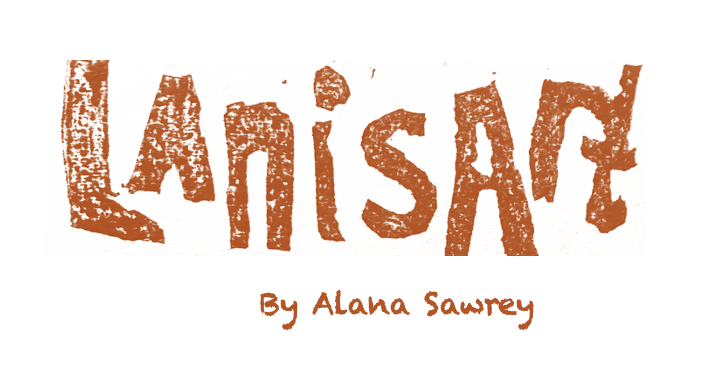I stumbled upon a great therapeutic art activity while I was working at my job in an art shop. We often get orders delivered and one of the products we get are timber boards to paint on. All of these timber boards come packaged with little cardboard bits to protect the corners from damage in transit. And as I was throwing these little cardboard corners in the bin I was chatting to colleagues about recycling. It was sort of an idea that dawned on me/ my colleagues while chatting: why not keep and use cardboard and other objects that so often just get thrown away
I started collecting (thanks to my totally lovely colleagues who unpacked orders and kept these aside for me) these little cardboard corners.
I began introducing a new activity in my art therapy practice:
‘Tiny Rooms”
Materials:
-little folded cardboard corners (see above)
-posca pens (acrylic paint pens- any other brands would be great too. These are fairly affordable, and while they’re paint, they are much less messy to manage than tubes of paint)
-sticky tape
-optional: crepe paper, pom poms, mini paddle pop sticks etc. If interested in making tiny furniture (or just stick to decorating the walls, floor, etc).
Here are some of my demo tiny rooms (the corners just need to be opened out to make it easier to paint while laid flat; then sticky taped back up once finished)
There are several reasons I initially loved this idea:
1. the themes of belonging, or safety, or home, are such important ideas to explore. So many different experiences of ‘home’ mean this is a great, and non-confrontational, conversation starter around this topic.
2. The size was great, I thought, because the novelty of ‘miniature’ things works well with children, and also because the small size means any of the big feelings and ideas that get discussed could be ‘contained’ and held in a very safe little item. This, I thought, could prevent feelings of overwhelm when discussing such big, and sometimes painful, ideas (I never assume ‘home’ is a positive thing to discuss, some experience the opposite of safety or positivity in their home or living environments).
3. This activity promotes choice, and I think sometimes giving some children back a sense of control is important. In this activity children can decide- what would I want in an ideal room? What wouldn’t I want? What colours would make me feel happy? E.g. some children discuss needing a ‘chill out zone’ and put a little bookshelf or other items they might need to ‘chill out’ in their tiny room. This then acts as an activity to promote self-regulation of emotions as well.
4. It can help strengthen fine motor skills. The size of this activity means it can be challenging for some children to master tiny detail and working on a small scale. This is a fun way to help build some of those skills.
5. It is eco-friendly! Using materials like cardboard instead of going for things like glitter or plastic, is such a lovely way to approach art therapy. Don’t get me wrong, there’s a time and a place for those other less eco-friendly materials. But this one is a winner.
6. It’s so affordable (read: free)! Guys honestly, little things that would have otherwise ended up in the bin are so great! If you ever buy a canvas again- keep those protective corners. If you buy an appliance, keep the packaging it comes in. Make the most of where creativity can go with items that are just a side-note, just packaging. It’s like that weird thing that happens where you buy a little kid a great toy and actually they most enjoy the box it comes in. Let’s pay attention, spend less, and see opportunity in unexpected places. It teaches the principle of wasting less (a little bit at odds with the lie that we need to consume, consume consume..) and also the fact that fun and creativity can be found anywhere.
7. This activity could also work for adults. E.g. I made one myself, and thought about my needs: a break! I made a little library room I could escape to, with a bookshelf and a rug. I imagined myself taking a pause and sitting to read for a while. So adults can also use this activity to project their own meaning and a space they want or need as well. It could go in a thousand different directions.
What do you think? Do you have any ideas you would add to this activity? I’d love to hear from you and discuss any other ideas!







